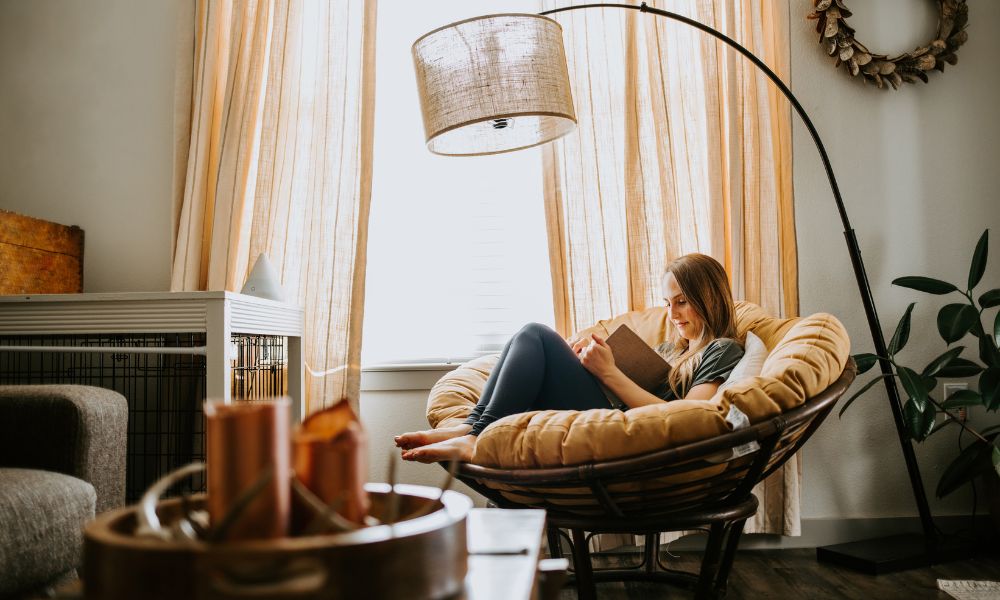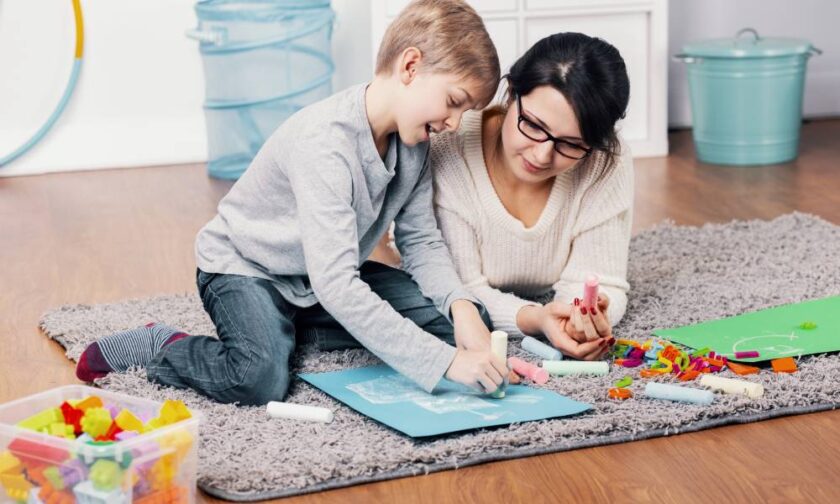Sometimes houses can be overwhelming, whether it’s due to excessive noise levels or visual overstimulation. If a child with autism in your life has problems with sensory overload, it may be time to adjust some things to create a sensory-friendly home. Read on to explore a few renovation ideas you should know about.
Fix the Lighting
The first thing to consider is the lighting. For example, the natural lighting outside sometimes becomes too much, so shade is the best solution. When inside the home, you don’t look for shade; instead, you look for better light bulbs that are as natural as possible.
Avoid buying fluorescent lights as the brightness is harsh on a young child’s retinas. Opt for natural bulbs, which cast a softer glow compared to fluorescent ones. Fluorescent bulbs also create glare, which can distract and become a problem for children.
Fill In Large Layouts
Many open layouts cause reverberation, which is due to having fewer items in the home or not having enough walls. For example, a house with a small design won’t need extra furniture or separations, as sound won’t reverberate much.
When a child with autism enters a room with too much echoing, the voice vibrations often overwhelm their hearing. Ensure that larger rooms have enough objects in the area to prevent voices from bouncing off the walls.
Choose Soft-Colored Decorations
Many children with autism have color sensitivity, which affects how one reacts to a particular shade of a singular color or group of colors. When decorating the house, ask your child for suggestions and let them pick options that help them feel better.
Applying soft colors around rooms creates a calm atmosphere for your child with sensory sensitivity. The best colors include soft purples, neutral brown tones, and light blue shades. Keep in mind that patterns and textures are worth factoring in alongside the color of the décor.
Create a Sensory-Friendly Kitchen
The kitchen’s a fun place to be, but it’s not always sensory-friendly. When remodeling the kitchen, think of what appliances you could switch out for something quieter. Something like a range hood is loud, but there are ways to find a quiet range hood instead. Since range hoods measure their noise in sones, look for a rating of around two sones or a function that adjusts the noise.
Make a Sensory Room
It’s best to have a room dedicated to your child with sensory issues, especially while you’re still making home adjustments. Give them a space to help soothe their mind and take them to a calm state.
Include items that your child relies on for relaxation, such as soft plushies, mood lighting, and a TV screen that doesn’t display bright colors. These small elements help soothe your child with autism and sensory sensitivity.
It’s essential to create a sensory-friendly home. Work with your family on finding the best renovation ideas to make the house better for everyone. After all, a sensory-friendly home is a happier home for your child with autism.






